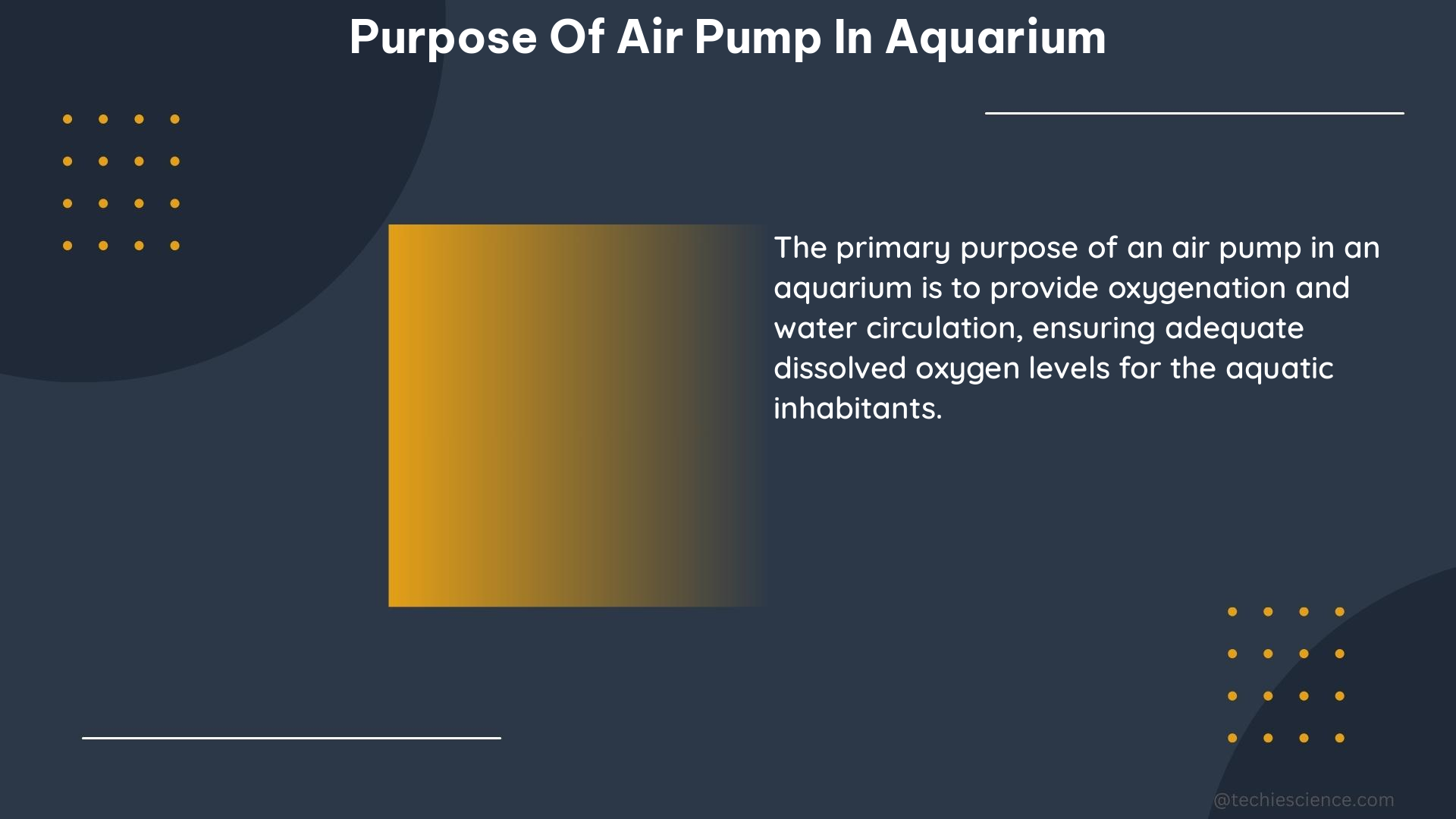The purpose of an air pump in an aquarium is to oxygenate the water and create a healthy environment for fish. The efficiency of an air pump is often measured in terms of airflow rate, which is the volume of air that the pump can move in a given period of time. This can be measured in liters per minute (LPM) or gallons per hour (GPH).
Understanding Airflow Rates and Pump Performance
A common air pump for aquariums might have a flow rate of 4 LPM, which means it can move 4 liters of air in one minute. However, the actual flow rate of an air pump can vary depending on the depth of the air exit, as the pressure of the water can affect the pump’s performance. For instance, an air pump with a flow rate of 4 LPM at the surface might only have a flow rate of 2 LPM at a depth of 80 cm.
The efficiency of an air pump can also be affected by the size and shape of the air stone or other aeration device that is used in conjunction with the pump. A larger air stone with a larger surface area can create more turbulence and oxygenate the water more effectively than a smaller air stone.
| Air Pump Specifications | Airflow Rate at Surface | Airflow Rate at 80 cm Depth |
|---|---|---|
| Pump A | 4 LPM | 2 LPM |
| Pump B | 6 LPM | 3 LPM |
| Pump C | 8 LPM | 4 LPM |
As shown in the table, the airflow rate of an air pump can decrease significantly as the depth of the air exit increases, due to the increased water pressure. It is essential to consider the depth of the aquarium and the specific needs of the fish when selecting an appropriate air pump.
Oxygenation and Water Circulation

The primary function of an air pump in an aquarium is to oxygenate the water and provide a healthy environment for the fish and other aquatic life. Oxygen is essential for the respiration of fish and other organisms, and an air pump helps to ensure that the water is well-oxygenated.
In addition to oxygenation, air pumps can also help to create water circulation within the aquarium. The bubbles produced by the air pump can help to agitate the water and create a gentle current, which can help to distribute oxygen throughout the tank and prevent stagnation.
The effectiveness of an air pump in oxygenating the water can be influenced by several factors, including:
- Pump Capacity: The flow rate of the air pump, as measured in LPM or GPH, determines the volume of air that can be introduced into the water.
- Depth of Air Outlet: As mentioned earlier, the depth of the air outlet can affect the actual airflow rate due to increased water pressure.
- Air Stone Design: The size, shape, and porosity of the air stone or other aeration device can impact the amount of turbulence and surface area for gas exchange.
- Tank Size and Stocking Density: Larger tanks or tanks with a higher density of fish and other aquatic life will require more powerful air pumps to maintain adequate oxygenation.
Additional Functions of Air Pumps
While the primary function of an air pump is to oxygenate the water, these devices can also serve other purposes in an aquarium:
- Protein Skimmer Operation: Many protein skimmers rely on air pumps to create the necessary air-water mixture for effective protein removal.
- Powering Accessories: Air pumps can be used to power various aquarium accessories, such as air-driven filters, air curtains, and air-powered decorations.
- Maintaining Water Movement: In addition to oxygenation, the bubbles created by an air pump can help to maintain water movement and prevent stagnation, which is important for the overall health of the aquarium ecosystem.
Choosing the Right Air Pump for Your Aquarium
When selecting an air pump for your aquarium, it is essential to consider the size of your tank, the depth of the water, and the specific needs of your fish and other aquatic life. A pump with a higher flow rate may be necessary for larger tanks or tanks with a higher stocking density, while a lower-powered pump may be sufficient for smaller aquariums.
It is also important to choose a high-quality air pump that is designed for aquarium use. These pumps are typically more durable and efficient than general-purpose air pumps, and they may include features such as adjustable airflow, noise-dampening mechanisms, and energy-efficient motors.
In conclusion, the purpose of an air pump in an aquarium is to oxygenate the water and create a healthy environment for fish and other aquatic life. By understanding the factors that influence the efficiency of an air pump, such as airflow rate, depth of the air outlet, and the design of the aeration device, aquarium owners can ensure that their air pumps are effectively meeting the needs of their aquarium ecosystem.
References:
– Measuring Aquarium Air Pump Flow Rate
– Air Stones and Aeration in Aquariums
– What is an Aquarium Air Pump and Is It Necessary?
